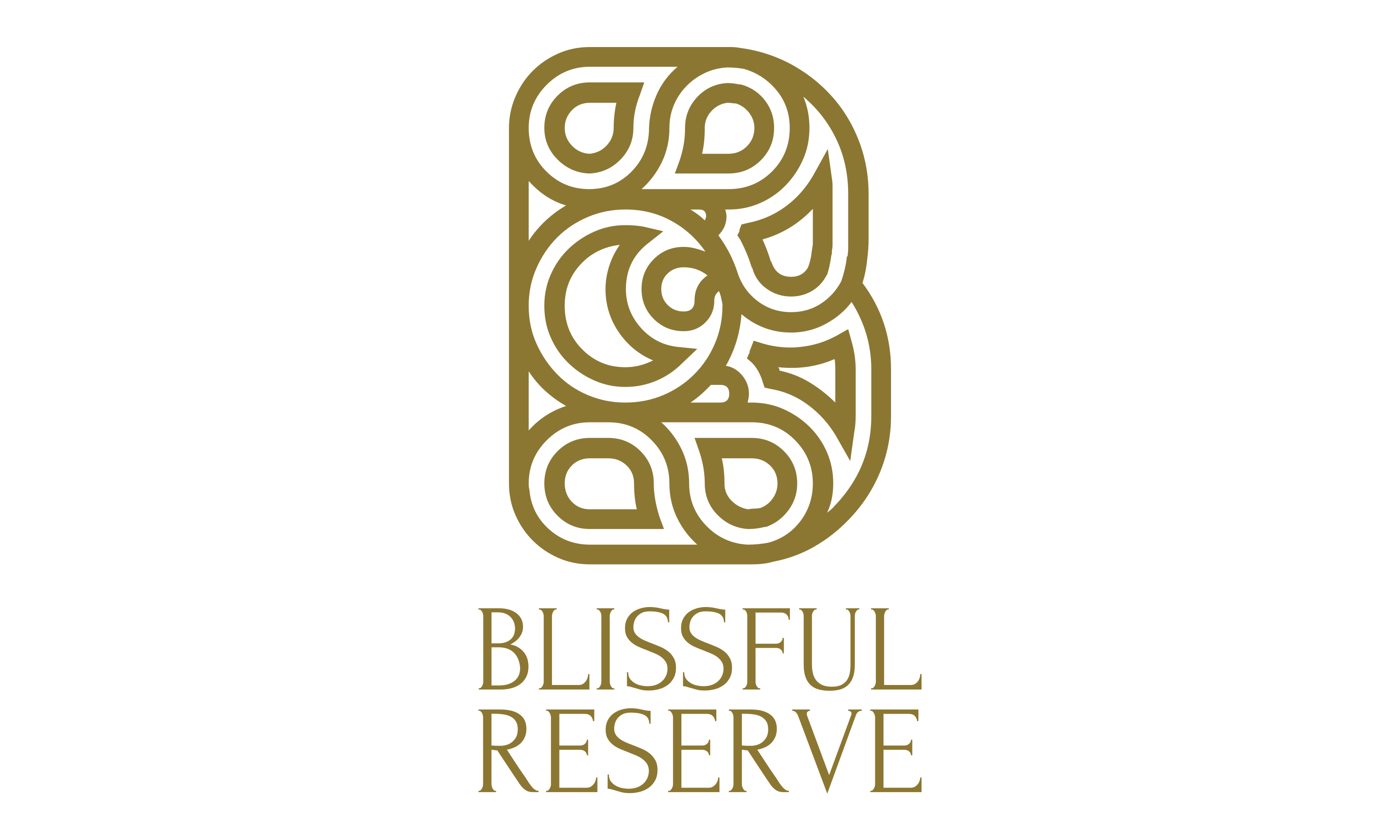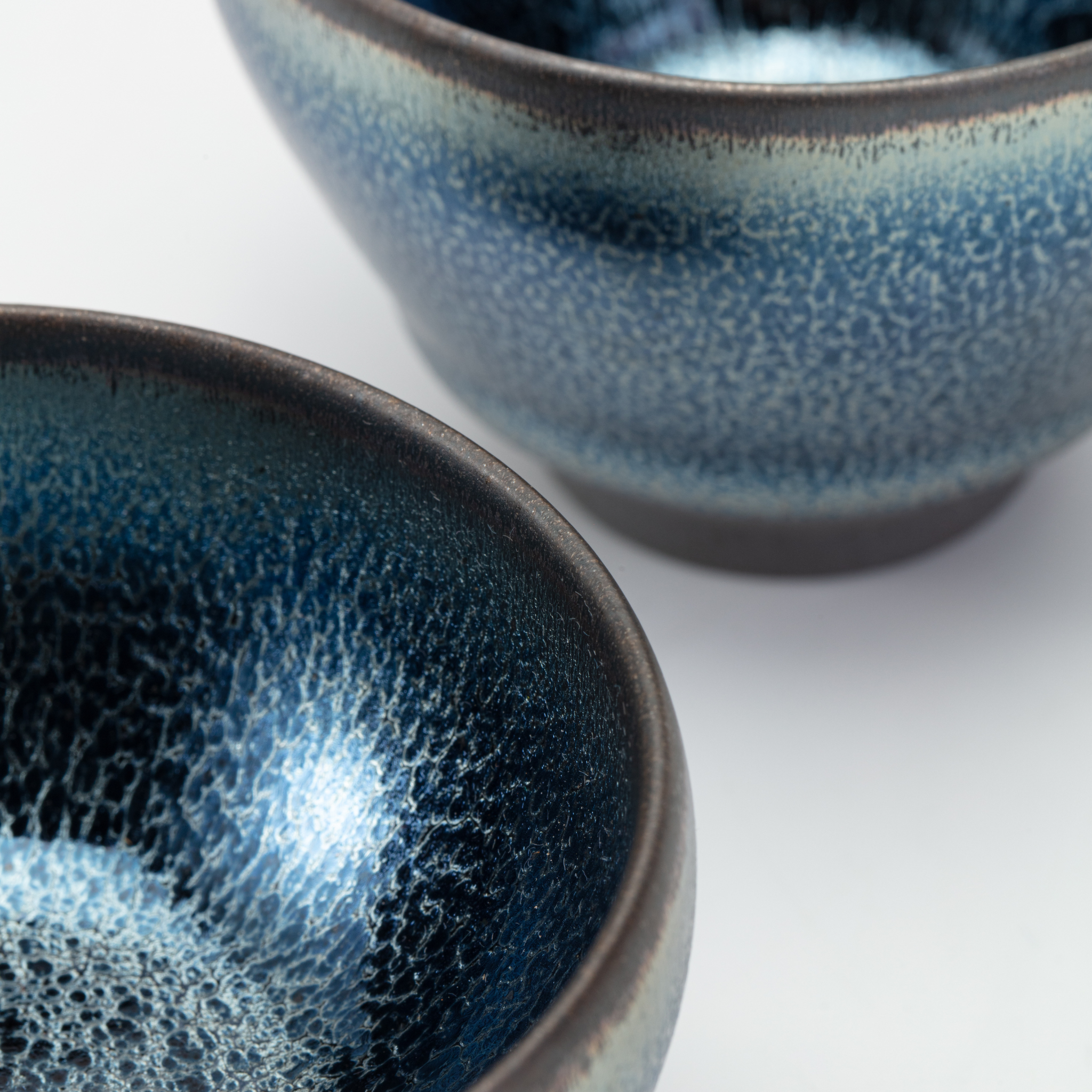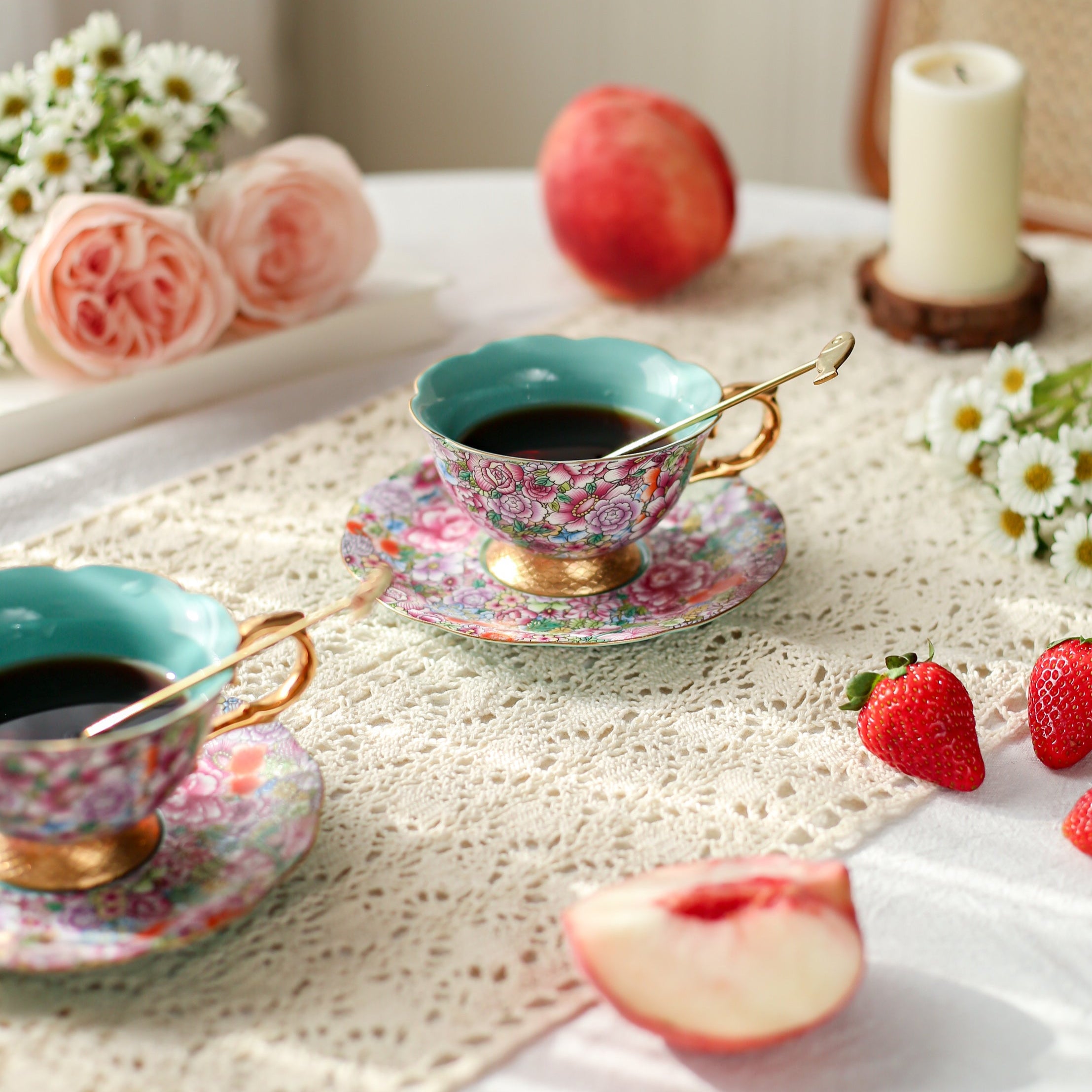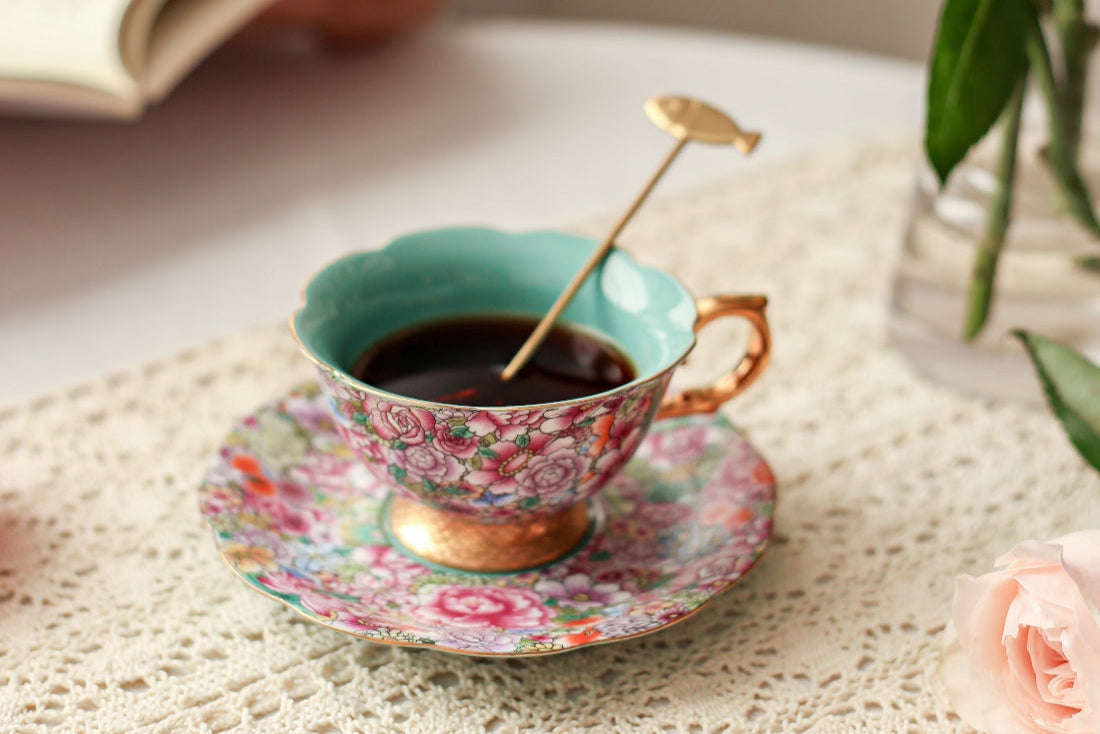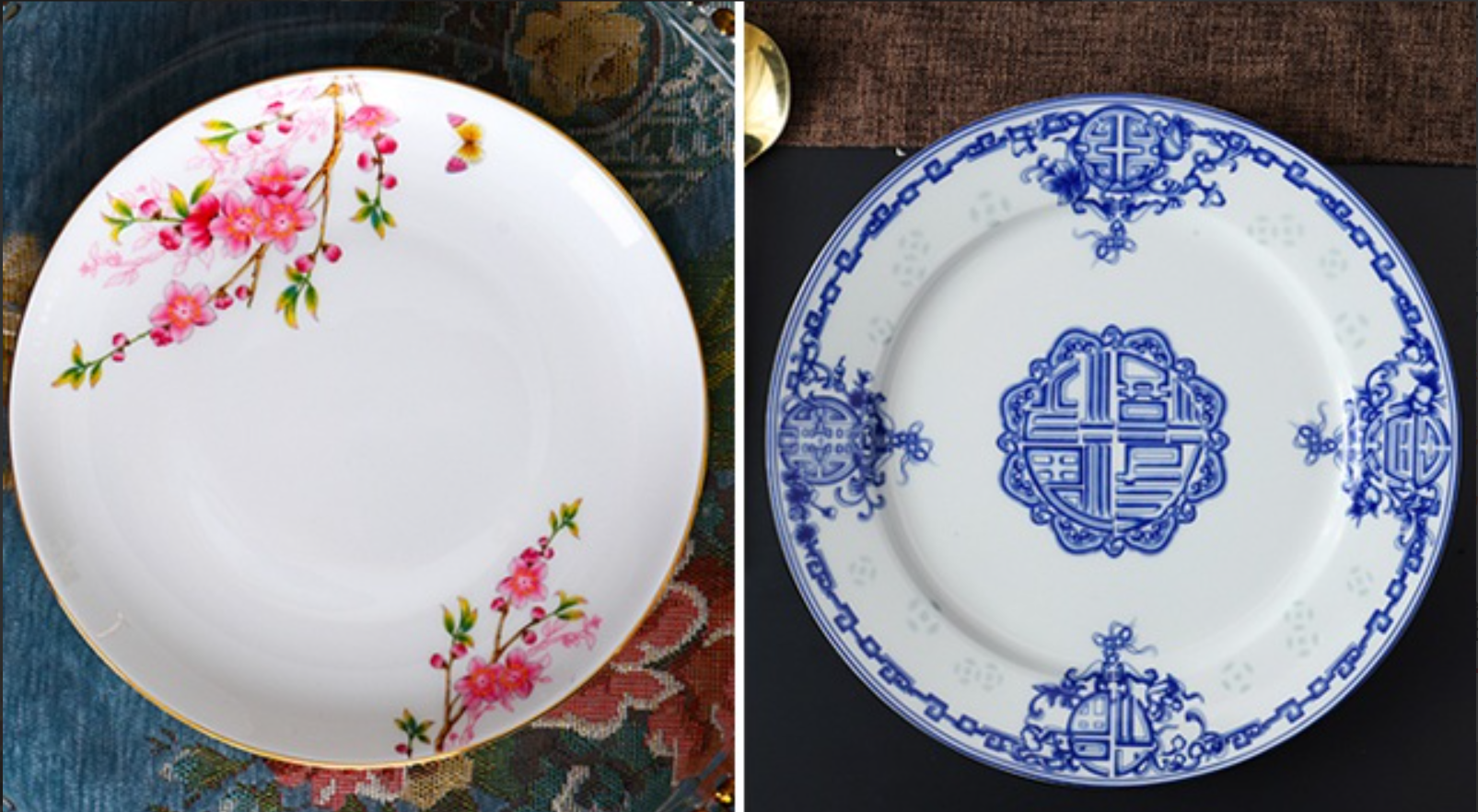
What Makes Bone China Special: History, Science & Hands-On Guide
Imagine holding a delicate cup in your hand. Is it bone china or porcelain? The difference may seem subtle, but bone china has a unique glow, warmth, and resilience that sets it apart. Let’s explore the history, science, and even a few DIY ways to discover the magic of bone china.
Origins of Bone China: A Historical Story
Bone china was first experimented with in Europe in the mid-18th century. In 1748, Thomas Frye in England used calcined animal bones to improve the strength of porcelain-like ceramics (BHO | British History Online). Later, Josiah Spode II perfected the recipe in the 1790s, creating what we now know as bone china.
Collectors treasure vintage bone china pieces from this era for their historical charm, from Wedgwood teacups to Royal Doulton plates. Each piece tells a story—not just of craftsmanship, but of centuries of cultural exchange and innovation.
The Science Behind Bone China
Bone china’s unique properties come from its composition:
-
Bone Ash (40-50%): Provides strength and translucency.
-
Kaolin (25-30%): Fine white clay for smoothness.
-
Feldspar/Quartz (20-30%): Fluxes that ensure durability during firing.
Fired at 1200–1300°C (2200–2370°F), the bone ash forms a crystalline structure with a glassy phase, creating a thin yet durable, chip-resistant material (Whitewares Production, Testing and Quality Control).
This combination explains the signature milky, ivory glow that porcelain cannot fully replicate, answering the long-standing question of bone china v porcelain.
Can You Tell Which is Bone China?
Take a look at these two plates:

Plate A (left) has delicate pink floral designs with a subtle ivory glow.
Plate B (right) features blue and white patterns with an opaquer appearance.
Question: Which one is bone china, and which one is regular porcelain?
Hints:
-
Translucency: Hold the plate to the light—bone china allows more light to pass through.
-
Weight & Touch: Bone china feels slightly lighter and smoother.
-
Design Finish: Fine, warm-toned designs often indicate high-quality bone china.
✅ Answer: Plate A (left) is bone china, Plate B (right) is regular porcelain.
This interactive exercise trains your eye to distinguish bone china from porcelain, enhancing your appreciation for both vintage and modern fine bone china.
Five Senses Experience
-
Sight: Hold your cup to the light—bone china lets some light pass through, creating a soft glow.
-
Touch: Smooth, lightweight, yet solid.
-
Sound: Tap gently—a musical, ringing tone indicates high-quality bone china.
-
Smell: A faint baked-earth aroma may remain after firing.
-
Taste: Hot tea or coffee feels subtly warmer in bone china due to its thermal properties.
DIY Experiments to Discover Bone China
You can try a few simple tests at home:
-
Translucency Test: Shine a small LED flashlight through the base of the cup. Bone china allows light to pass; porcelain will be opaquer.
-
Sound Test: Tap gently with a teaspoon—bone china produces a higher, softer ringing tone.
-
Thermal Retention Test: Pour hot tea into a bone china cup and a porcelain cup. Notice how bone china retains heat slightly longer, enhancing the drinking experience.
⚠️ Note: These experiments are safe for home use; do not use excessive force or heat.
Modern Appeal
Fine bone china balances elegance with practicality: lightweight, chip-resistant, and dishwasher-safe (Bone China Q&A: Everything You Need to Know). While vintage bone china is cherished for history and beauty, modern fine bone china brings sophistication into everyday dining.
Conclusion
Whether you are exploring bone china & porcelain, collecting vintage bone china, or enjoying a cup of fine bone china, the combination of history, science, and craftsmanship makes every piece remarkable. Try the DIY tests, observe the glow, and appreciate the subtle perfection of bone china in your own hands.
Experience Fine Bone China Yourself
At Blissful Reserve, we curate elegant bone china tea sets and porcelain collections that embody centuries of craftsmanship while fitting seamlessly into modern living. If you’ve enjoyed learning the history and science behind bone china, why not experience it in your own hands?
